Diabetes affects a pet’s entire body and metabolism, and can cause many complications, including high blood pressure, altered liver function, high cholesterol, or nerve damage. Eye disease is one of the most common diabetic complications in pets, and often leads to blindness. The Envision More Veterinary Ophthalmology team recommends that diabetic pets have an eye exam shortly after their diagnosis, followed by at least yearly checkups to monitor their overall eye health and check for cataract development, dry eye, or retinal changes.
Cataracts in diabetic pets
The eye lens is a large, round, clear structure that sits behind the pupil and focuses light on the retina. Normally, the lens uses small glucose amounts for metabolic processes, but in diabetic pets, too much glucose spills into the lens, the excess draws in water, and the lens becomes swollen and opaque—this is a diabetic cataract. Nearly all diabetic dogs develop cataracts, which severely impact their vision and effectively cause blindness, within two years of their initial diagnosis. The cataracts usually develop and progress quickly over days to weeks, sometimes overnight. Diabetic cataracts are rare in cats.
When cataracts form quickly, as in diabetes, the lens can swell and leak proteins into surrounding eye fluids, leading to inflammation (i.e., uveitis), where the eyes become red, watery, and uncomfortable, and secondary glaucoma may result. The first step in cataract treatment is controlling the uveitis with anti-inflammatory medications.
Next, surgery can permanently remove the cataracts and restore vision, but complications, including glaucoma and retinal detachment, are possible. Surgery is expensive, requires life-long commitment to eye drops and follow-up visits, and not every diabetic pet is a good candidate. Pets who do not undergo surgery can still live normal, full lives without vision after a short adjustment period and a few household modifications.
Despite marketing claims, no eye drops currently available can prevent diabetic cataract formation or treat formed cataracts. Oral antioxidant-based supplements (e.g., OcuGlo) may delay onset or slow progression in diabetic pets and also are beneficial for retinal health.
Facial nerve paralysis and lagophthalmos in diabetic pets
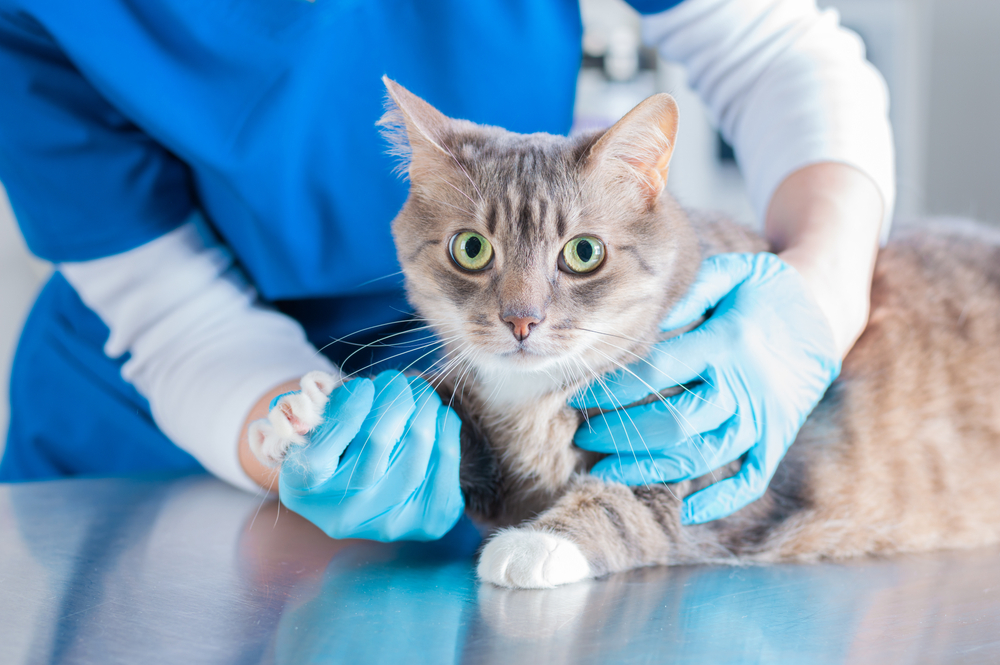
The facial nerves control muscle tone and movement around the eyes, ears, and mouth, and facial nerve paralysis can occur after trauma, or for no apparent reason in older pets. Diabetic pets can suffer nerve damage, and are more likely to experience facial nerve paralysis, which can occur on one side or both, and may or may not resolve over time. Pets with facial nerve paralysis may show these signs on the affected side:
- Drooling
- Drooping ear
- Inability to blink completely (i.e., lagophthalmos)
- Drooping lip
- Overall asymmetrical appearance
Facial nerve paralysis has no specific treatment and is mostly a cosmetic concern, except that pets who cannot blink need frequent lubrication to prevent corneal inflammation or injury. If the nerve supplying the tear glands is also damaged, the affected eye may become dry and a corneal ulcer can develop. Ulcers require aggressive antibiotic treatment to prevent infection and complications that may lead to eye rupture or loss.
Keratoconjunctivitis sicca in diabetic pets
Dry eye (i.e., keratoconjunctivitis sicca [KCS]) is a common condition in all dog breeds and ages that usually results from auto-immune tear gland destruction, but may be caused by poor nerve conduction in older and diabetic pets. The eye’s tear film has three protective layers—liquid, mucus, and oil—that bathe the eye in nutrients and flush out dirt and debris. Pets with dry eye produce less liquid but can still produce mucus, resulting in a thick, goopy eye discharge. The eyes can also become red, cloudy, or darkly pigmented from chronic corneal irritation, and may develop corneal erosions or ulcers.
Several eye drops or ointments can encourage your pet’s body to produce more tears, but they may take several weeks for a full effect, so lubricants and anti-inflammatories should be used in the meantime to protect the eye and reduce inflammation. Dry eye cannot be cured, but only managed, so lifelong medications are required to keep the eyes comfortable and healthy.
Retinal changes in diabetic pets
The retina lines the back of the eye, and is pivotal to vision. In humans, diabetes commonly damages the retina’s nerve or blood supply, but how often dogs develop these changes is not certain, because cataracts prevent retinal visualization. High blood pressure (i.e., hypertension), a common diabetic complication, is known to damage the retina and cause sudden blindness. Checking blood pressure frequently and treating hypertension can help prevent retinal damage.
Diabetes can damage your pet’s eyes, but treatments exist to slow down vision loss, improve corneal health and, in some cases, restore vision. Call us to schedule a visit with the Envision More Veterinary Ophthalmology team to determine the best treatment plan for your diabetic pet’s vision and eye health.

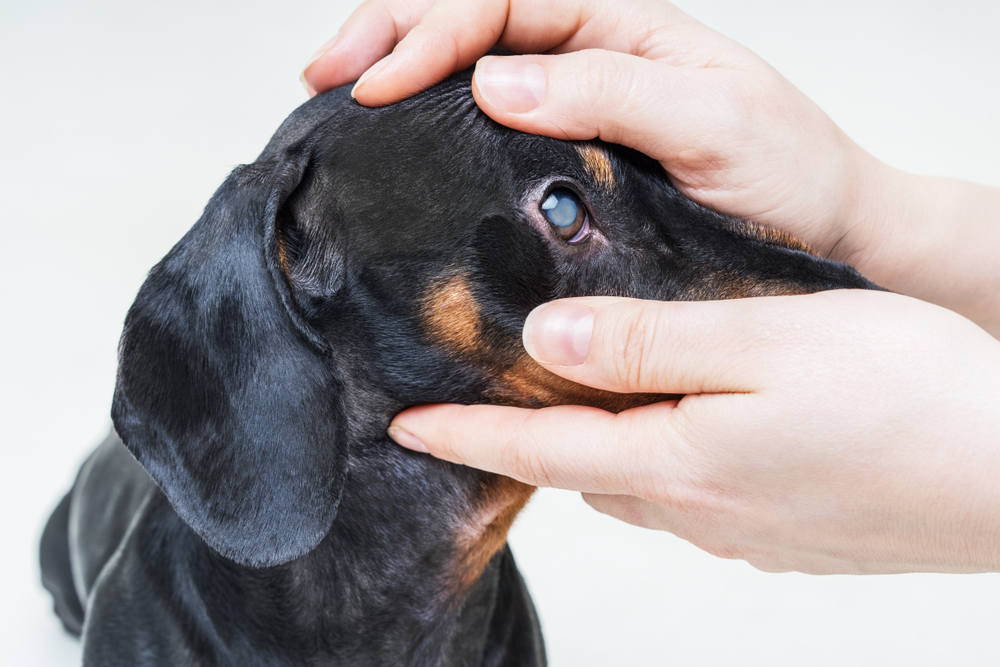
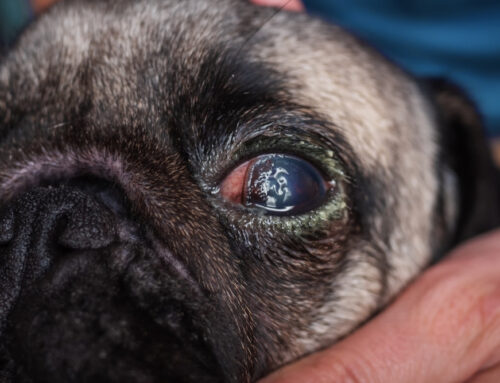
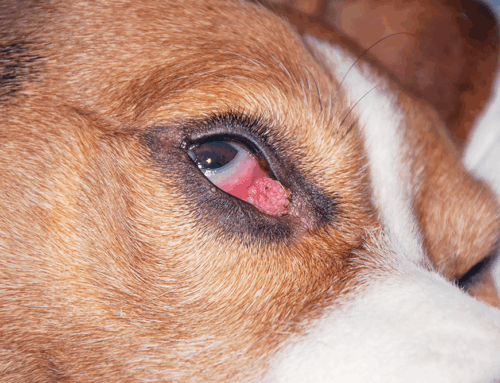
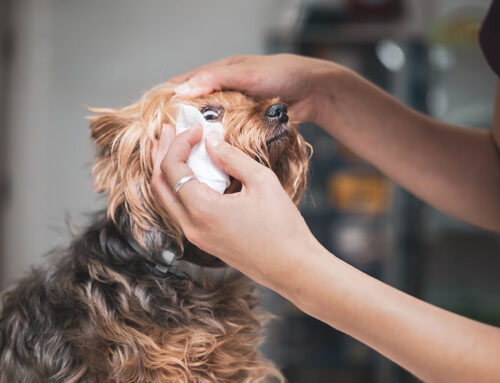
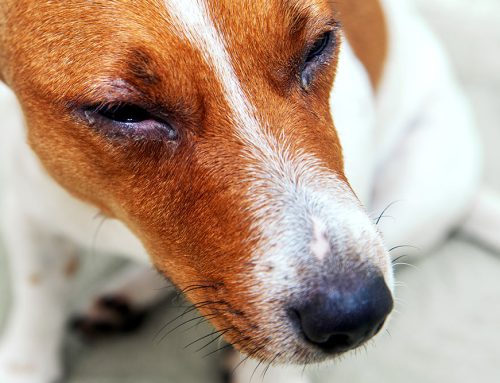

Leave A Comment